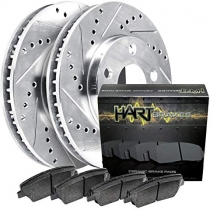-
Welcome to 4Runners.com!
You are currently viewing as a guest! To get full-access, you need to register for a FREE account.
As a registered member, you’ll be able to:- Participate in all 4Runner discussion topics
- Transfer over your build thread from a different forum to this one
- Communicate privately with other 4Runner owners from around the world
- Post your own photos in our Members Gallery
- Access all special features of the site
How to scope Air Flow sensor with Picoscope 2205A
Discussion in '2nd Gen 4Runners (1990-1995)' started by Fermin4, Aug 16, 2020.


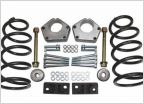 Advice for finding a ~2" lift on a 93?
Advice for finding a ~2" lift on a 93?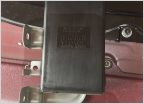 Rear window relay fixed
Rear window relay fixed Spacers or springs for leveling rear end
Spacers or springs for leveling rear end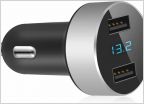 Trouble starting up after driving for a while then turning off the vehicle
Trouble starting up after driving for a while then turning off the vehicle New coils and 1.25" spacers, got rid of that sag!
New coils and 1.25" spacers, got rid of that sag!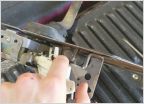 Sloppy shifter
Sloppy shifter














